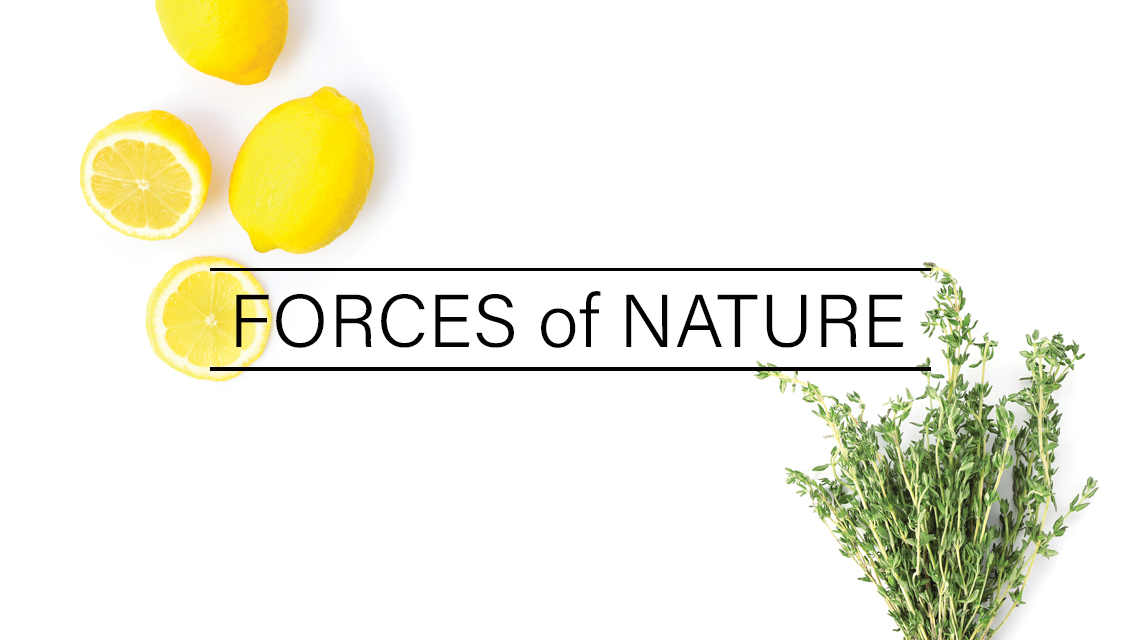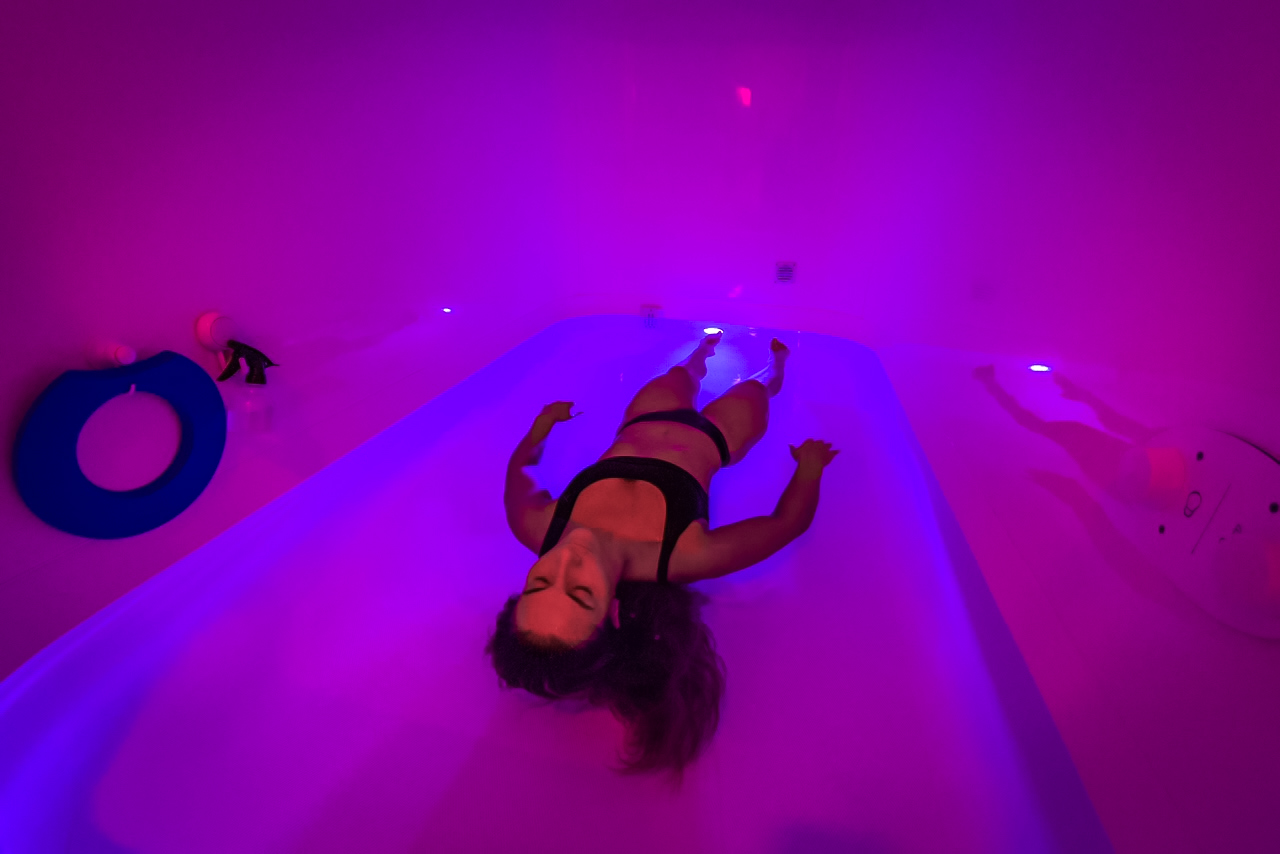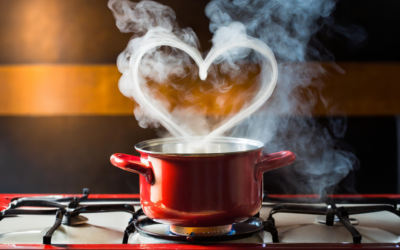Local medical experts weigh in on the safest ways to disinfect your home amid the COVID-19 pandemic.
For many of us, 2020 has been a frenzy of hand sanitizing, mask wearing and surface bleaching in an effort to keep COVID-19 out of our homes and away from our loved ones. It all started back in March when shoppers stripped grocery store shelves of cleaning supplies and toilet paper (that part is still a mystery), creating an increased demand for anything and everything that could keep the virus at bay. However, a new threat has arisen in the midst of all the distancing and disinfecting: toxic chemicals are making their way into our bodies.
In July, the Centers for Disease Control and Prevention (CDC) reported that 39 percent of surveyed U.S. adults had been using household cleaners and disinfectants in potentially harmful ways while attempting to rid their homes of the COVID-19 virus. Many failed to keep chemicals out of reach of children and pets, while others neglected to wear gloves while handling certain cleaners or didn’t have sufficient air flow to help disperse airborne toxins. The result has been a sharp increase in calls to poison centers nationwide, leading some to wonder if there is a more natural solution.
Tonya Motley, registered nurse at Associates in Family Medicine, has been particularly cautious when disinfecting her home with traditional household cleaners. “If you’re going the conventional route, I’ve found that a diluted bleach solution is just as effective and more affordable than chemical sprays and wipes—just make sure you’re opening windows, wearing gloves and using a ratio of approximately one quarter cup of bleach per gallon of water,” she explains. “I typically only use a diluted bleach solution on surfaces that are notorious for breeding germs, like door handles and light switches, and I definitely make sure to do it if I’ve had a guest in the house.”

But before you break out the bleach, Motley recommends heading to the EPA’s website and perusing the list of over 400 household cleaners that meet the criteria for use against COVID-19. “There are a lot of effective cleaners out there that pose fewer health risks, which is an important thing to consider if you are immunocompromised,” she says. “From what I know, this virus isn’t quite as hardy as others, so a lot of gentler cleaners still do a good job at breaking down the enzymes. I have a lot of confidence knowing that whatever I’m using is going to be fairly effective and I don’t have to go buy hospital-grade cleaners that are more toxic to people.”
Naturopaths, chiropractors and other holistic health practitioners echo Motley’s sentiments when it comes to the effectiveness of natural alternatives. In fact, many would argue that the harm caused by consistent or prolonged exposure to chemical cleaning agents outweighs the risk of contracting COVID-19—if you are taking all the right precautions, that is. And by now we know them well: wash your hands, wear a mask, keep your distance.
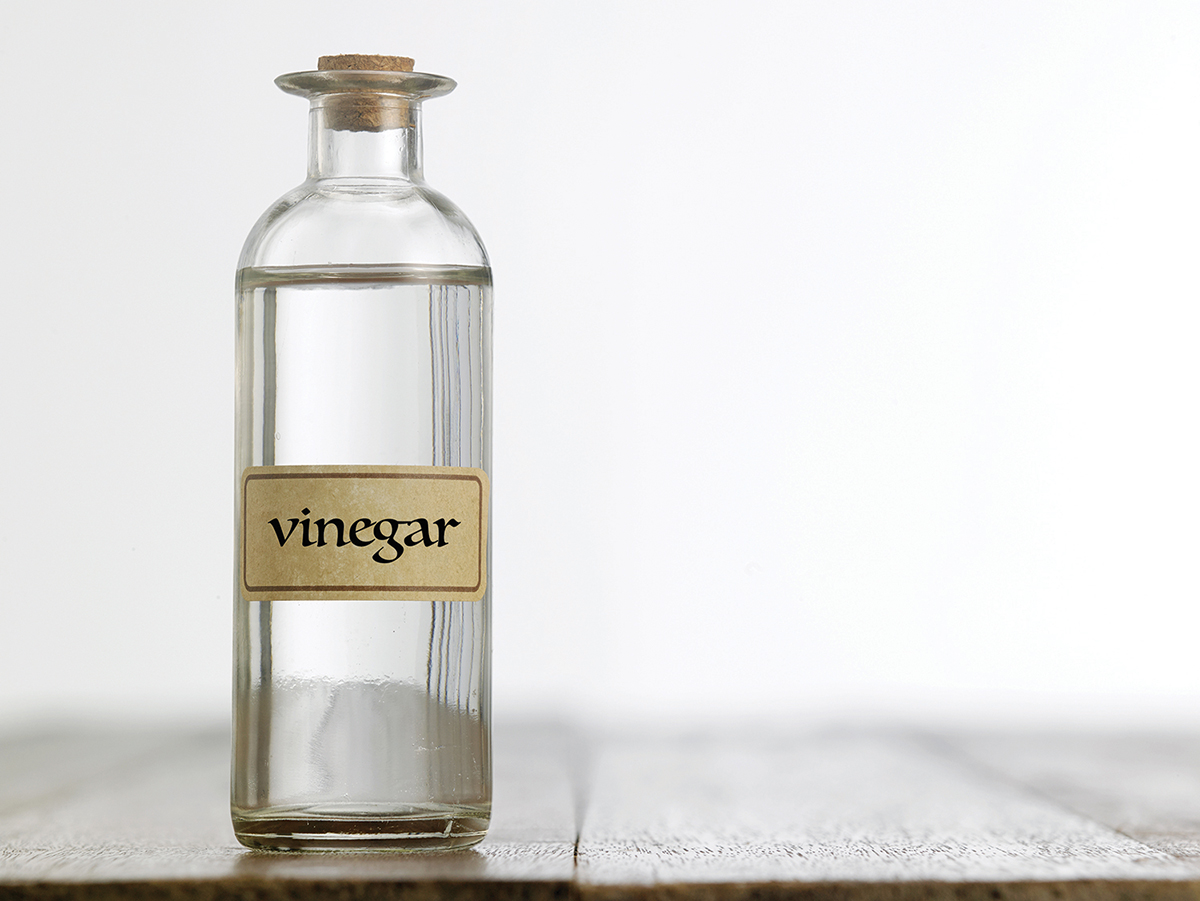
Jenn Rohrick, chiropractor at Peak Performance Chiropractic, has always been a proponent of using natural household cleaners, and that didn’t change when COVID-19 hit. “I am very wary of the chemicals I bring into my house, even during an outbreak like this,” she says. “There have been countless studies that show the damaging effects of regularly exposing yourself to the toxins in major cleaners, and in many cases I just don’t think it’s worth the risk. Lately I’ve been seeing a lot of people who are experiencing heightened levels of chemical and emotional stress due to a combination of exposure to toxic cleaners and the constant fear of contracting COVID-19. All this built-up stress takes a toll on our bodies over time, so limiting the external toxins we expose ourselves to can actually keep us safer in the long-term.”
Rohrick is also a mother of young children, which has had a major impact on the way she disinfects her home. “The whole purpose of cleaning house is to create a safe environment, so it doesn’t make sense for me to be pouring bleach on all the surfaces my kids touch,” she says. “I’ve tried a lot of natural household cleaners and I always make sure to research their effectiveness before making a purchase—my favorite brand right now is Melaleuca, which has a lot of plant-based products that really work. They’re very transparent about what’s in their products (which are free of phthalates, formaldehyde, ammonia and bleach) so I never have to worry on the off-chance that my kids figure out how to open a child-proof cap. They also have an EPA-certified disinfectant that has been approved to work against COVID-19, so those are the kinds of things I look for when choosing a natural cleaning product.”
Disinfecting aside, Rohrick mixes essential oils with distilled water and lemon juice to dust hard-to-reach spots in her house while creating a relaxing, natural aroma that helps to purify the air. For counter tops, she recommends thyme oil, citric acid and vinegar, though many of these natural ingredients can also be found in alternative cleaning products.“
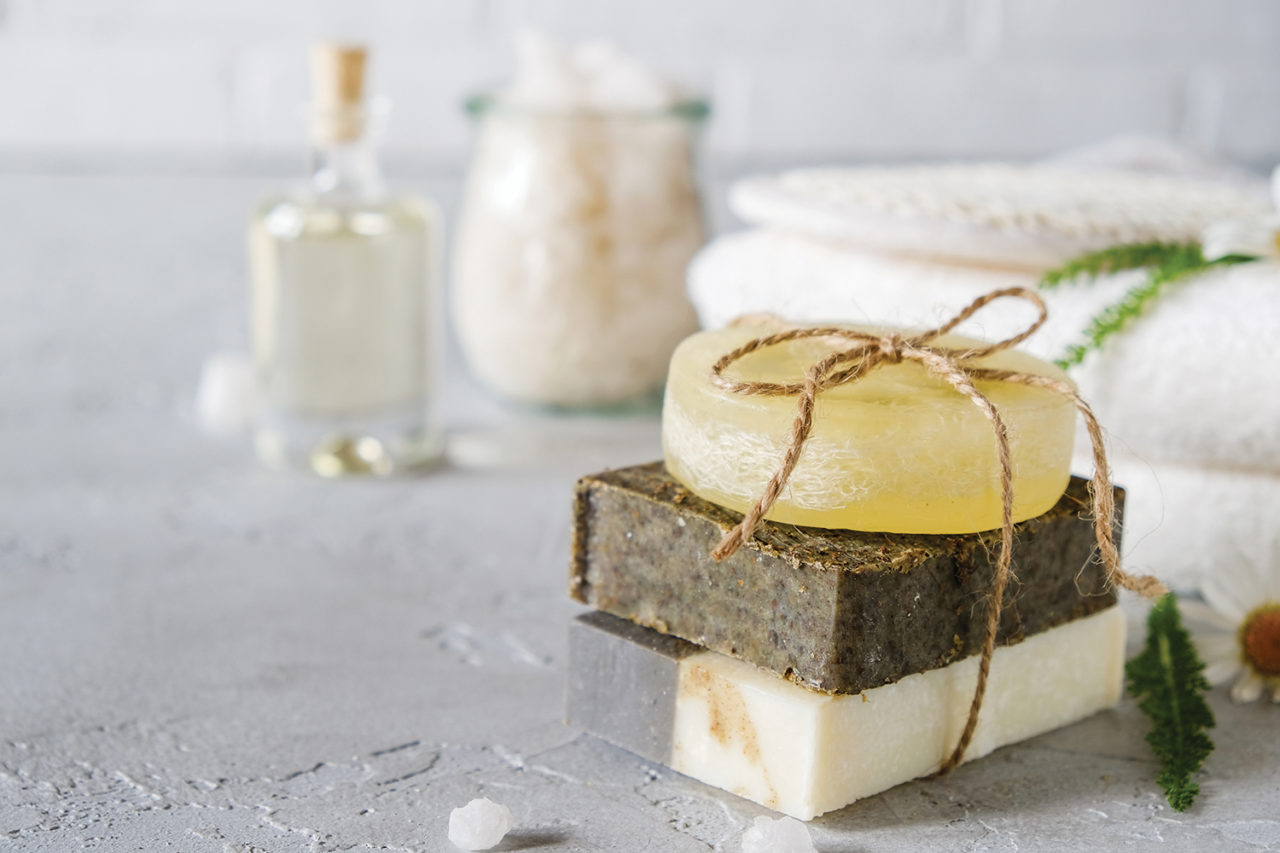
The reality is that many natural cleaners are just as effective as bleach-based products—they just operate differently by breaking down the enzymes in bacteria and viruses rather than killing everything off,” she explains. “While I would never bring harsh chemicals into my home for normal, daily cleaning, I can understand why people who have compromised immune systems would want to be certain their home is 100 percent disinfected at all times. For those people, I’d recommend occasionally supplementing your natural cleaning routine with a more conventional disinfectant spray or wipe in high-traffic areas of the home.”
Laurel Thompson is a Fort Collins native and CSU alum. When she isn’t writing for local lifestyle publications, you’ll find her soaking up the sun, cooking something delicious, or reading a good book while sipping an iced coffee. To comment on this article, email letters@nocostyle.com.
6 STEPS FOR SAFE & EFFECTIVE DISINFECTANT USE
Source: coronavirus.gov
STEP 1: Check that your product is EPA-approved. Find the EPA registration number on the product. Then, check to see if it is on the EPA’s list of approved disinfectants at: epa.gov/listn.
STEP 2: Read the directions. Follow the product’s directions. Check “use sites” and “surface types” to see where you can use the product. Read the “precautionary statements.”
STEP 3: Pre-clean the surface. Make sure to wash the surface with soap and water if the directions mention pre-cleaning or if the surface is visibly dirty.
STEP 4: Follow the contact time. You can find the contact time in the directions. The surface should remain wet the whole time to ensure the product is effective.
STEP 5: Wear gloves and wash your hands. For disposable gloves, discard them after each cleaning. For reusable gloves, dedicate a pair to disinfecting COVID-19. Wash your hands after removing the gloves.
STEP 6: Lock it up. Keep lids tightly closed and store out of reach of children.
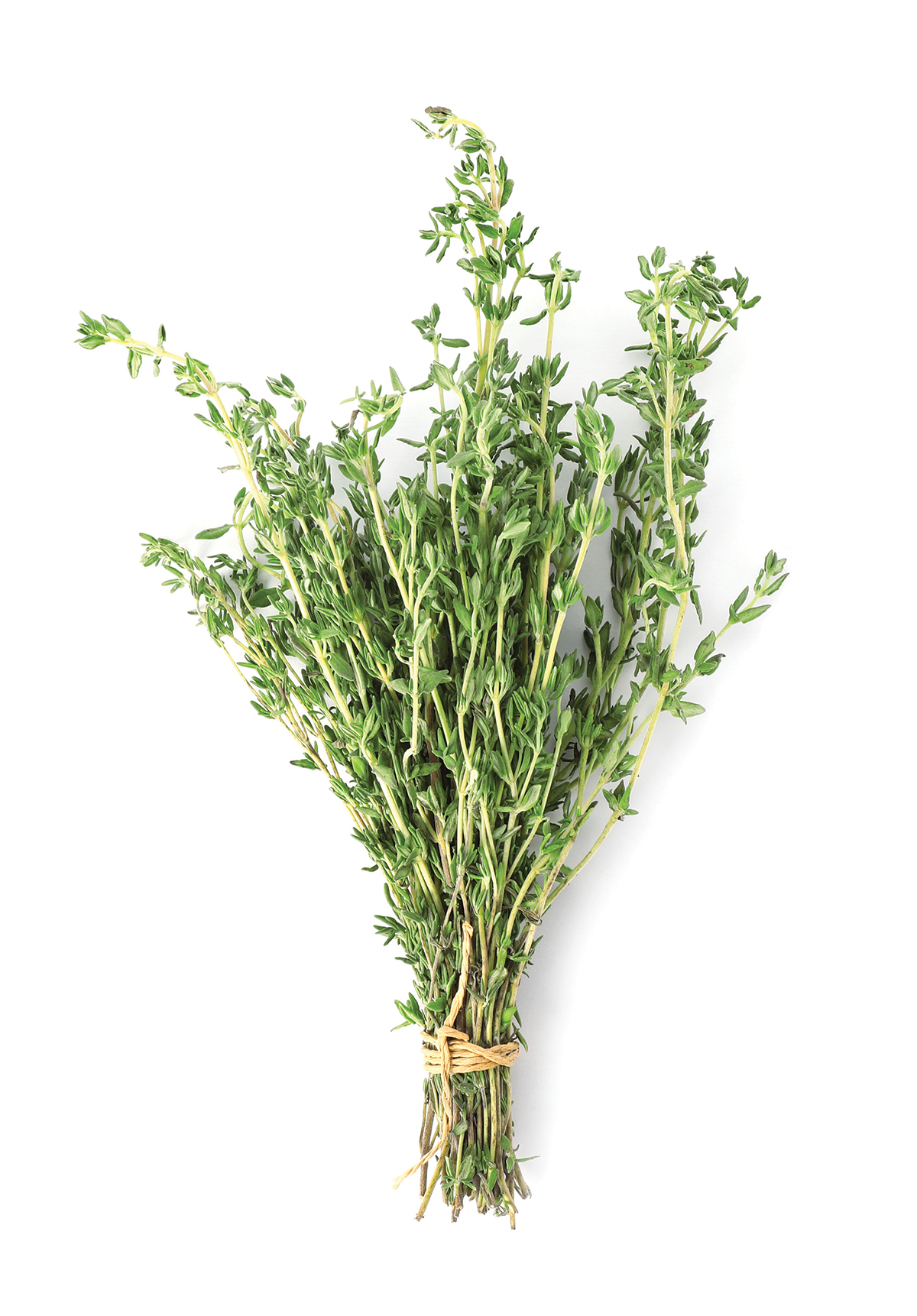
OTHER WAYS TO LEAVE COVID-19 AT THE DOOR
WASH YOUR HANDS IMMEDIATELY WHEN YOU GET HOME.
Studies have shown that even regular, non-antibacterial soap is effective against COVID-19 as long as you wash thoroughly for two minutes and rinse with hot water. It’s all about the friction of rubbing soap into your hands so the suds can grab onto the molecules and carry them down the sink.
WASH HAND TOWELS FREQUENTLY.
Not everyone is an expert at handwashing, nor do we always have the time or patience to do a thorough job. To prevent lingering bacteria and viruses from making their way onto your hand towels, be sure to wash them frequently and consider putting out the paper towels if you have guests over.
WIPE DOWN GROCERIES AND WASH PRODUCE.
Some scientists and medical professionals recommend wiping down your groceries with a disinfectant, though the effectiveness of this is not yet proven. Also, remember to always rinse your fruits and veggies or spray them with a natural produce solution before consuming.
LEAVE SHOES IN THE MUDROOM.
It’s no secret that all kinds of germs make their way inside the home on our shoes, so even in normal times it’s wise to leave them in the mudroom. Some people go so far as to leave shoes outside or in the garage for a day or two before bringing them back inside.
LIMIT GUESTS IN THE HOUSE.
No surprise here: limiting foot traffic is another way to prevent COVID-19 from getting inside your home. Make virtual plans or meet others outdoors if you can, and if someone needs to come into your home, put on your masks, open some windows and do a deep clean afterward.


